Our financial programs
Every patient’s situation is different. That's why we can help patients navigate their insurance coverage to understand their benefits and determine eligibility for available financial support programs.

Select a product to learn more
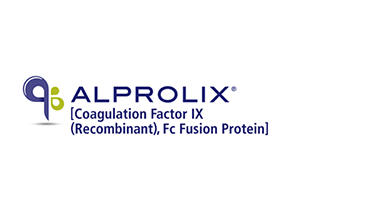
Financial assistance for ALPROLIX
Explore the Free Trial Program, Copay Assistance, and more.*

Financial assistance for ALTUVIIIO
Explore the Free Trial Program, Copay Assistance, and more.*
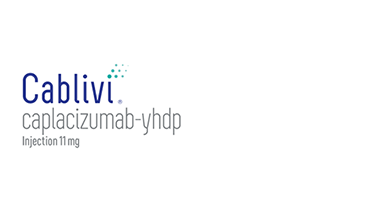
Financial assistance for CABLIVI
Explore how Copay Assistance could help eligible commercially-insured patients get treatment for as little as $0.*
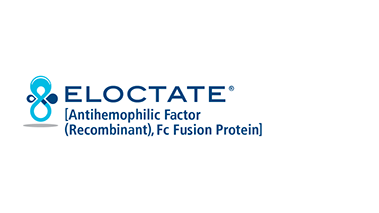
Financial assistance for ELOCTATE
Explore the Free Trial Program, Copay Assistance, and more.*
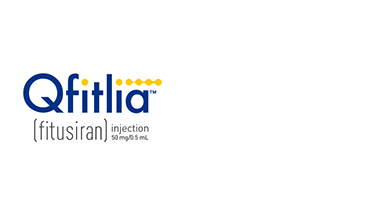
Financial assistance for Qfitlia
Explore the QuickStart Program, Copay Assistance, and more.*
Please see full Prescribing Information, including Boxed WARNING.
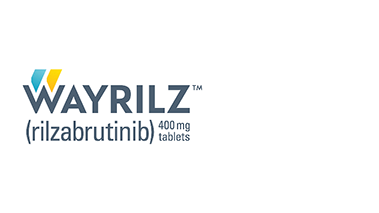
Financial assistance for WAYRILZ
Explore the Free Trial Program, Copay Assistance, and more.*
*Copay Program not valid if the patient is utilizing a state or federally funded health insurance program such as Medicare (including Medicare Part D), Medicaid, Medigap, VA, DoD, TRICARE®, state pharmaceutical assistance program, etc. to pay in part or in full for their prescription. Not valid where prohibited by law. Sanofi reserves the right to modify or terminate the Copay Program at any time without notice. Savings by patients may vary depending on their out-of-pocket costs. The program is intended to help patients afford their prescription. Patients may have insurance plans that attempt to dilute the impact of the assistance available under the program. In those situations, the program may change its terms. Free Trial valid only for a patient’s first prescriptions and it is limited to one use per patient per product for their lifetime. Free Trial not valid in Vermont. Claims for free products dispensed through the Free Trial or QuickStart Programs shall not be submitted to any third-party payer, public or private (e.g. private insurance, Medicaid, Medicare, VA, DoD, TRICARE®, or similar federal or state programs) for reimbursement. All Programs not valid where prohibited by law. Sanofi reserves the right to modify or terminate the Programs at any time without notice. Program details provided upon registration.